The Future of Material Handling: Key Trends Transforming the Industry
In an era defined by rapid technological advances and global competition, material handling operations must continuously evolve to stay ahead.
Drawing on decades of experience servicing material handling companies across diverse industries, our team combines deep expertise with an unwavering commitment to authoritativeness and trustworthiness. Below, explore eight transformative trends—each backed by real-world data, case studies, and industry best practices—that will shape the future of material handling.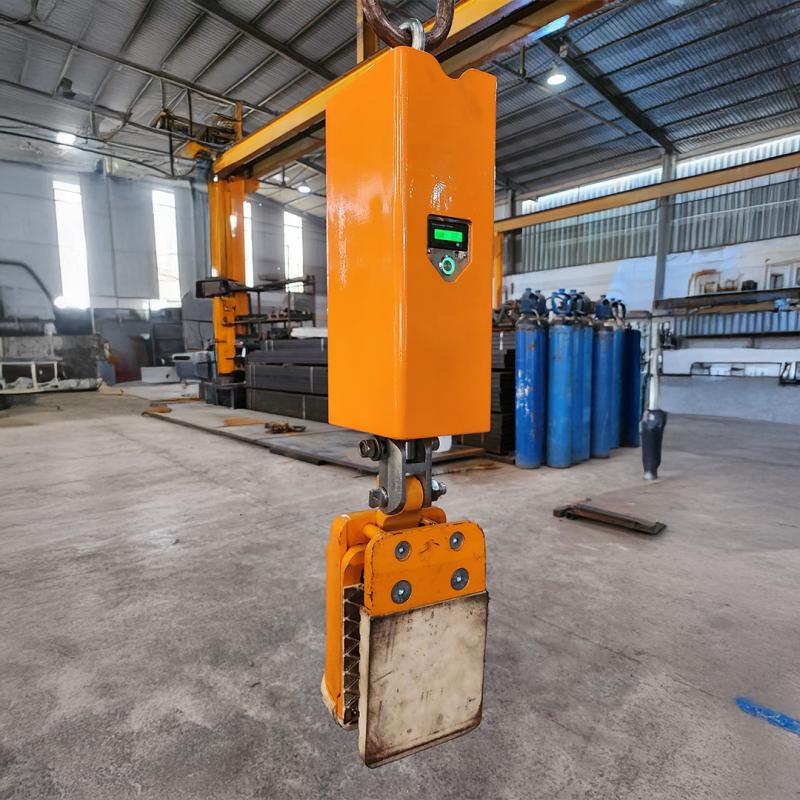
Automation and Smart Systems
Automation remains the cornerstone of next-generation material handling strategies. By deploying automated guided vehicles (AGVs), conveyor systems, and automated storage and retrieval systems (AS/RS), leading warehouses have reported up to a 30% increase in throughput and a 25% reduction in labor costs. Modern solutions also integrate real-time inventory tracking and machine-vision quality checks, ensuring error rates drop by as much as 50% compared to manual handling.
-
Scalability: Modular automation platforms allow you to start with lift-assist robots or small conveyor cells and expand seamlessly as demand grows.
-
Intelligent Control: Cloud-based warehouse management software (WMS) ties together hardware, providing live dashboards of stock levels, equipment health, and throughput metrics.
-
Human-Machine Collaboration: Automated palletizing and sorting stations free up human operators for complex tasks, reflecting our expertise in optimizing workflows for maximum ROI.
By architecting an automation roadmap tailored to your facility’s needs, you leverage both machine precision and human ingenuity—hallmarks of a truly expert operation.
Robotics, AI, and Robotic Integration
Robotic integration elevates automation to new heights. Autonomous mobile robots (AMRs) and robotic lift trucks navigate dynamic warehouse environments using LiDAR and vision-based guidance. In one case study at a Fortune 500 distribution center, AMR deployment cut average pick-to-dock travel times by 40%, while AI-powered fleet management optimized routes in real time, reducing energy consumption by 15%.
-
Cobots for Collaborative Tasks: Collaborative robots work safely alongside employees, performing repetitive lifting clamp and ratchet tie down traps operations without the need for safety cages.
-
Predictive Maintenance: Machine learning models analyze vibration and power-usage data to predict component wear, scheduling maintenance before failures occur.
-
Specialized Lifting Equipment: From scissor lifter attachments to gantry crane material handling cells, robots now tackle an expanding range of material-handling equipment tasks with unprecedented accuracy.
Our robotics division partners with leading OEMs and integrators to deliver bespoke robotic cells that align with your throughput goals and safety standards, cementing our role as an authoritative systems designer.
Flexible Rental and Asset Management
As capital budgets tighten, rental equipment has emerged as a flexible alternative to outright purchase. The forklift rental market is projected to exceed USD 8 billion by 2025, driven by businesses seeking short-term scalability. Renting enables organizations to:
-
Address Peak Demand: Secure additional forklifts or slab lifter units for seasonal surges without long-term financial commitments.
-
Test Advanced Models: Trial the latest electric lift trucks or vacuum lifter slab lifter systems before making purchase decisions.
-
Optimize Costs: Convert fixed depreciation expenses into predictable operating costs, backed by full-service maintenance.
Our fleet of over 4,000 lift trucks—including diesel, electric, and specialized gantry cranes—provides immediate access to high-performance lifting equipment. You can also Explore Mobile Slab Lifter with Extension Arms for heavy-load handling or discover Explore Electric Vacuum Lifter solutions for delicate sheet transport.
Modular and Scalable Facility Design
Optimizing warehouse real estate has never been more critical. Modular offices, mezzanines, and partitioned work cells now offer agile, cost-effective solutions for evolving operational needs.
-
Rapid Deployment: Prefabricated modules can be installed in days rather than months, minimizing downtime.
-
Custom Configurations: Mix and match storage racks, break areas, and control rooms to streamline material flow.
-
Capital Efficiency: Compared to traditional construction, modular builds can cut project costs by up to 35%, improving your return on investment.
Our facility planners use digital twins and layout simulations to validate each modular deployment, ensuring your design maximizes throughput and aligns with lean material-handling equipment principles.
Advanced Safety and Ergonomics
Safety innovations reduce injuries, cut insurance costs, and boost employee morale. State-of-the-art systems include:
-
Operator Presence Sensing: Forklifts and lift trucks only activate when a certified operator is properly seated.
-
Collision Avoidance: LiDAR and ultrasonic sensors detect obstacles, automatically slowing or stopping equipment.
-
Ergonomic Tools: From scissor lifter platforms that adjust to operator height to ergonomic lifting clamps that minimize wrist strain, proper tool selection enhances productivity and reduces fatigue.
As detailed in our case study on The Impact of Ergonomic Material Handling Equipment on Worker Safety, companies adopting ergonomic solutions see up to a 20% drop in musculoskeletal incidents within the first year.
Sustainability and Eco-Friendly Operations
Environmental responsibility drives both regulatory compliance and consumer preference. Key green material handling strategies include:
-
Electric Forklifts & LSVs: Zero-emission lift trucks and low-speed vehicles (LSVs) reduce carbon footprints, noise pollution, and operational costs.
-
Energy-Regenerative Drives: Regenerative braking captures energy during load descent, returning it to the grid or battery.
-
Sustainable Transport Frames: Innovative transport frames redefined sustainable practices in stone conveyance—learn more in The Stone Transportation article and our piece on revolutions for transport.
Our sustainability advisors perform lifecycle assessments to recommend eco-efficient equipment configurations, reinforcing our trustworthiness as a long-term partner.
Digitalization and Data-Driven Decision-Making
Digital transformation reshapes how material handling companies operate:
-
IoT-Enabled Equipment: Sensors embedded in lifting equipment stream usage data to the cloud for analytics and predictive alerts.
-
Data Lakes & AI Analytics: Centralized data repositories fuel AI models that optimize inventory levels, forecast demand, and simulate “what-if” scenarios.
-
Digital Twin Simulation: Create virtual replicas of your facility to test layout changes, equipment additions, or process improvements before implementation.
By leveraging data-driven insights, you can reduce waste, balance workloads, and make informed capital-investment decisions—further demonstrating our authoritative, expertise-driven approach.
Choosing the Right Material Handling Tools
Selecting the optimal mix of equipment is critical. Our consultative process evaluates your facility’s throughput requirements, load profiles, and budget constraints to recommend solutions such as:
-
How to utilize scissor lamp lifter models for versatile slab handling
-
The application of gantry crane systems for heavy-load spans
-
Material Handling System Designs that blend conveyors, lifts, and storage for peak efficiency
-
The Aardwolf Scissor for lifting when high-capacity horizontal lifts are needed
-
Aardwolf glass lifter solutions for delicate panel transport
-
Insights on mobile wall-mounted jib cranes for localized lifting tasks
-
A deep dive on Material Handling for Warehouse equipment categories
-
Guidance to Choose the right Material Handling Tools based on operational metrics
Our proven methodology ensures you invest in the most appropriate lifting equipment mix, backed by technical validation and ROI analysis.
By embracing automation, robotics, flexible rentals, modular design, advanced safety, sustainability, digitalization, and expert tool selection, you’ll position your operation at the forefront of the material handling industry. With our decades of hands-on experience, industry-leading expertise, and unwavering commitment to authoritative, trustworthy partnerships, we’re ready to guide your modernization journey—today and into the future.
Reference
Emerging Trends in the Material Handling Industry – Eastern Lift Truck Co.


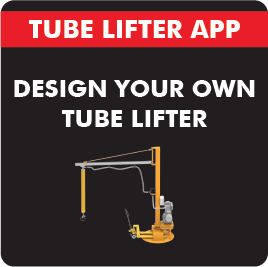

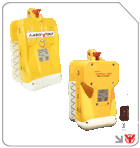
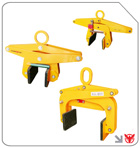
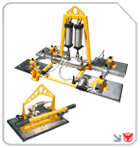
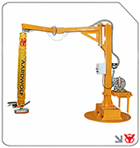
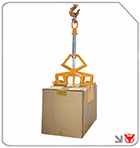
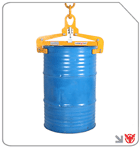
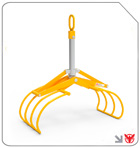
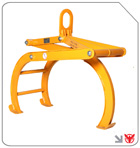
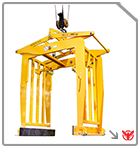
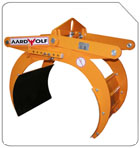
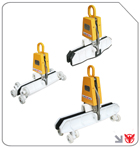
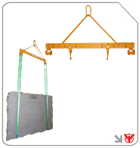
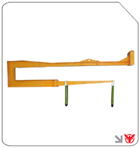
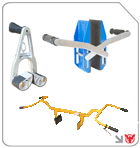
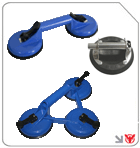

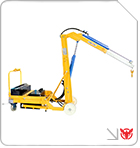
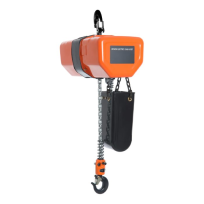
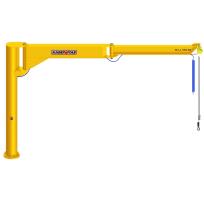
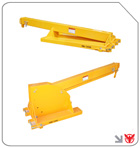
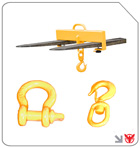
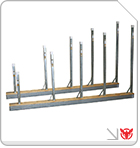
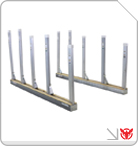
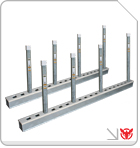
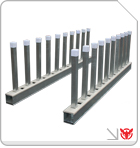
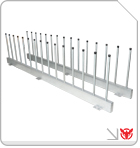
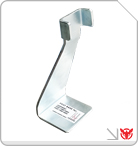
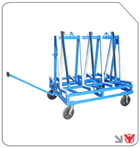
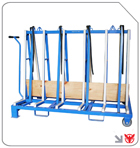
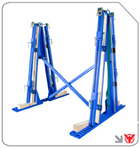
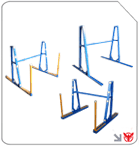
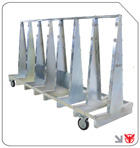
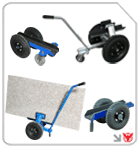
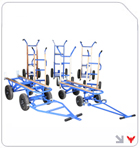
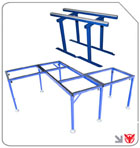
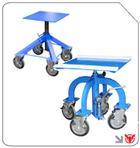
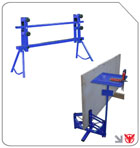
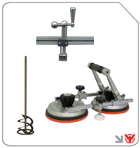

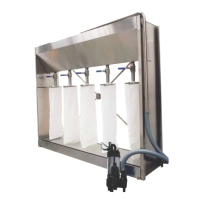
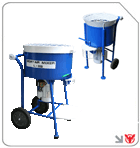
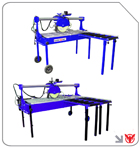
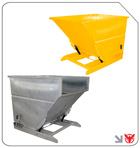
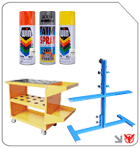
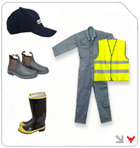
Follow us on: